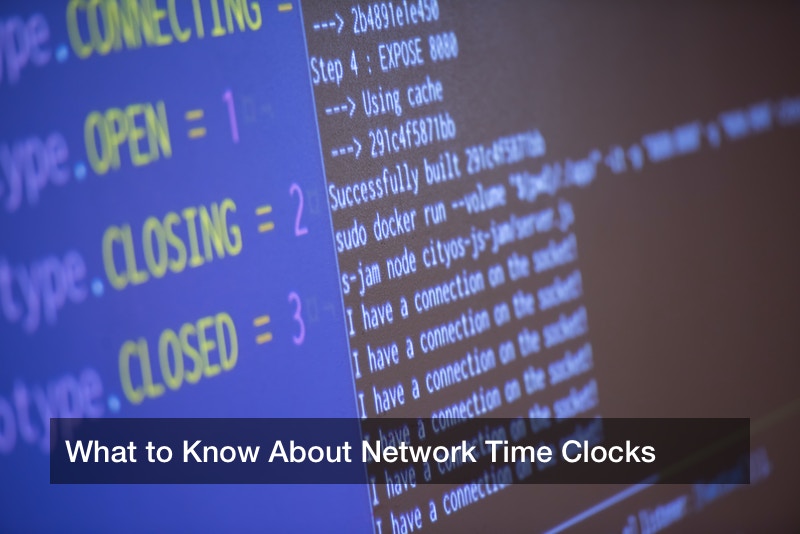What to Know About Network Time Clocks

The concept of measuring time is an old one, and many ancient civilizations developed primitive methods for tracking the time of day and measuring the seasons. Many civilizations used the moon and constellations as reference for planting and harvesting crops, and the Romans and Greeks found ways to enhance time measurement even further. Clocks as we know them go back to the Middle Ages, but of course, today’s clocks are more accurate than ever. Advanced digital clock systems allow companies, cities, and other entities to accurately measure the time, so they can coordinate with other parties with ease. There are major consequences for having an inaccurate clock, so GPS clock systems, network time clocks, POE digital clocks, and others are carefully maintained and linked together to keep the time consistent. Synchronized clock systems and network time clock can make all the difference. Now, what is there to know about these network time clocks and other systems?
All Kinds of Clocks
A grandfather clock or an analog wrist watch can only do so much. In today’s computerized world, where vast amounts of information must be shared and transmitted in a timely fashion, all kinds of advanced timekeeping systems are in place to coordinate modern work. Precision Time Protocol, or PTP, is used to align clocks within a given computer network, originally standardized and defined by the IEEE back in 2002. Meanwhile, POE clocks, or “power over ethernet” clocks can get both power and time updates via a cable connected to the Ethernet. It may also be noted that all 31 GPS satellites in orbit around the Earth feature built-in atomic clocks that offer those satellites incredible accuracy. In fact, due to Einstein physics, time slows down very slightly for these fast-moving satellites relative to anything on the Earth’s surface, so those satellite clocks accommodate that fact. The difference is incredibly slight, but time keeping is so important, the satellites adjust for it all the same.
Network Time Clocks and Their Duty
Clocks tend to work in large groups, so that companies, governments, and other entities can coordinate their efforts internally and externally. It would be a disaster if all these clocks were out of sync. Already, it is believed that the American economy loses $7.4 billion per day due to time sheets that were incorrectly filled out. Having a huge number of out-of-sync clocks would make this even worse, and the effects would probably compound over time. Fortunately, network time clock systems can prevent this.
The idea of network time clocks goes back t0 1851, when Charles Shepherd invented a simple model for London’s Great Exhibit. Even the Royal Greenwich Observatory was used to help make this system a reality. Today, such network time clocks are much more accurate, and computers and atomic clocks are involved to keep all of these clocks aligned. A system will need an ultra-accurate master clock, and often, GPS satellites can provide that sort of timekeeping reference. A Network Time Protocol server can also help. Such systems tend to have backups as well. All clocks connected to that system, the slave clocks, can receive information through either cables or wireless signals.
Who is using these clock networks? The television industry makes heavy use of clock networks, in order to maintain strictly controlled airing schedules for all programming, and keep the time slots aligned properly. A television studio’s master control system, for example, relies on clock systems to keep everything on schedule. Also, 911 dispatchers and other emergency services need accurate clock systems, and schools and airports tend to use network time clocks, too. Many airline passengers need to get on their flights or arrive precisely on time, and jets might get jumbled up and get in each other’s way if the schedules are inaccurate. So, a master clock and a slave clock system can make sure all flights are boarded on time, and airport guests know precisely when they need to reach a terminal or gate. All of this keeps the airport running smoothly, without delays or interruptions.
